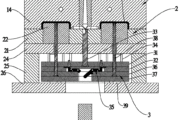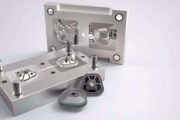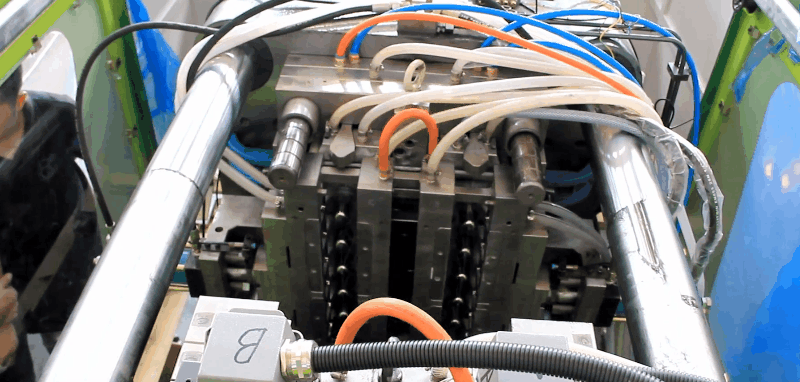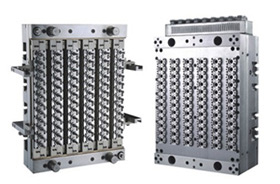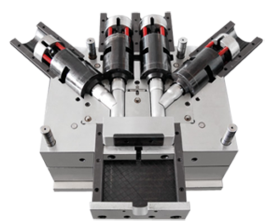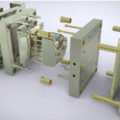Additives to the Plastics in Injection Moulding
– By Zafar Kamal
A wide range of additives may be used into the plastic material before molding to enhance its end-use properties. The most common and the useful ingredient is pigmentation for the coloring of the plastic.
The better the color the better will be the sale of the plastic, it means salability rely heavily on color. The pigments can be incorporated in a number of ways. The greatest degree of pigment dispersion is accomplished through compounding, which is performed in separate facilities and is usually the most expensive method. When compounded colors are specified, inventory of the plastic becomes a major concern, especially when a number of colors may be included in the production schedule.
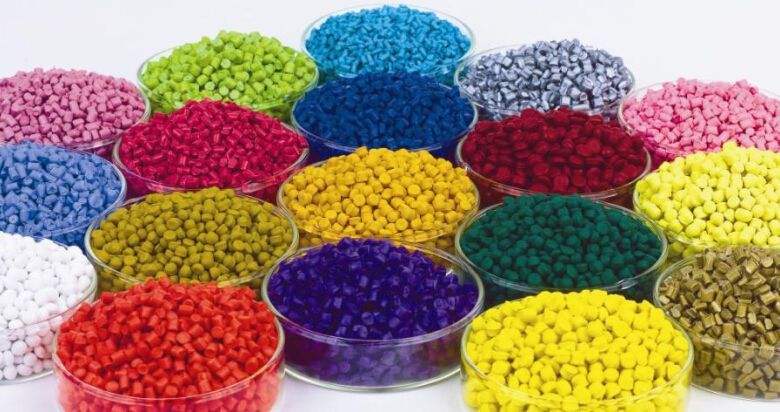
The most common and the most widely used method is dry coloring, a procedure carried out completely within the molder’s plant. Finely divided particles of pigment are tumbled with plastic material and adhere to the surface of the pellets through the static charge developed by most resins. In some instances, a coating or wetting agent may be used in conjunction with the dry pigment, such as the addition of a small amount of a nonreactive oil to the mix, to insure pigment adhesion to the plastic particles.
Dry coloring is the most economical system but does have some disadvantages. Since the pigment is only just adhere to the surface of the plastic care must be exercised in transferring the material to the hopper. Coloring can get into the surrounding air and contaminate other colors which may be used on other machines in the shop. Hoppers cover should be used on each press. The degree of dispersion with most plastics materials is not of the same quality as obtained by the other methods. The screw plasticator has greatly aided in dispersion.
Other ingredients are often added to the plastic such as antioxidants, stabilizers, lubricants, and the like. In some instances these can be added in the molding plant but the best results are achieved when these ingredients are compounded into the base resin or into concentrates, Normally, these ingredients are used in small proportions and dispersing them is most difficult with the dry-trumbling technique.
